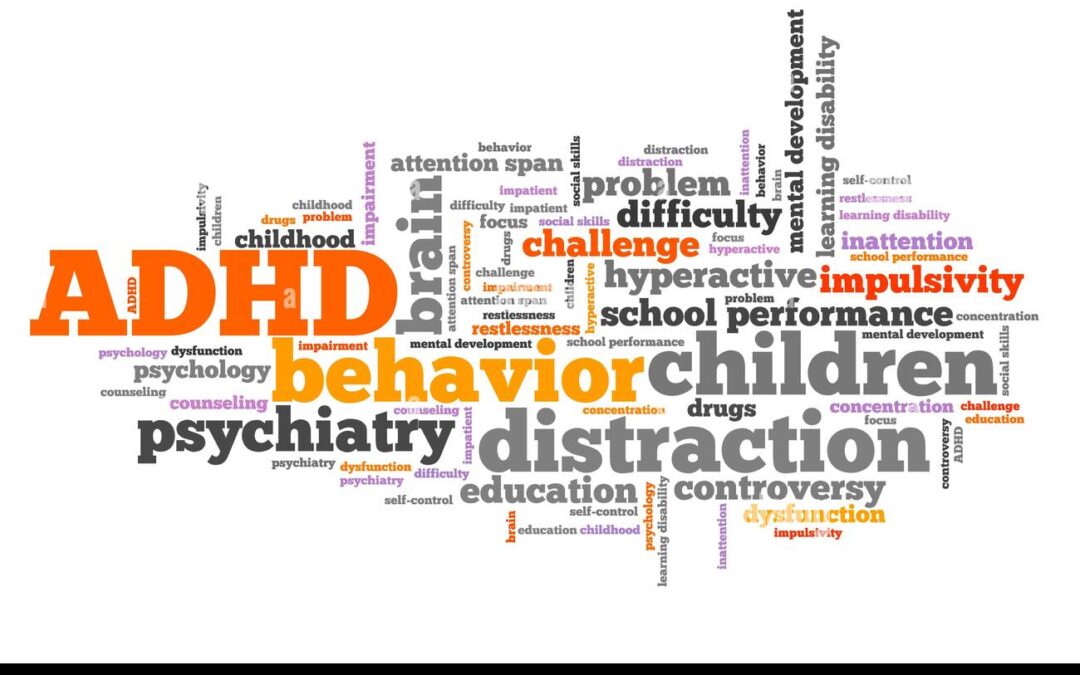Attention-Deficit/Hyperactivity Disorder (ADHD) is a neurodevelopmental condition that affects millions of individuals worldwide. Characterized by symptoms such as inattention, hyperactivity, and impulsivity, ADHD can significantly impact daily functioning and quality of life. Understanding the science behind ADHD is essential for effective diagnosis, treatment, and support. This article delves into what we know about the condition, including its causes, symptoms, and management strategies.
What is ADHD?
ADHD is commonly diagnosed in childhood but can persist into adolescence and adulthood. It is characterized by three primary symptom categories:
Inattention: Difficulty sustaining attention, following through on tasks, and organizing activities.
Hyperactivity: Excessive fidgeting, restlessness, and difficulty remaining seated or quiet when expected.
Impulsivity: Acting without thinking, interrupting others, and difficulty waiting for one’s turn.
The severity and combination of these symptoms can vary widely among individuals, leading to different presentations of the disorder.
Causes of ADHD
The exact causes of ADHD are not fully understood, but research suggests that it is likely a combination of genetic, neurological, and environmental factors.
1. Genetic Factors
Genetics play a significant role in ADHD, with studies showing that the condition tends to run in families. Several genes associated with dopamine regulation—an essential neurotransmitter involved in attention and reward—have been identified as potential contributors to the disorder.
2. Neurological Factors
Brain imaging studies have revealed differences in the structure and function of the brains of individuals with ADHD compared to those without the disorder. Key findings include:
Prefrontal Cortex: This area of the brain is responsible for executive functions such as decision-making, impulse control, and attention. Individuals with ADHD often show reduced activity in this region.
Basal Ganglia: These structures are involved in regulating movement and reward. Abnormalities in the basal ganglia have been linked to symptoms of hyperactivity and impulsivity.
Neurotransmitter Imbalances: Research indicates that individuals with ADHD may have imbalances in neurotransmitters, particularly dopamine and norepinephrine, which are crucial for attention and impulse control.
3. Environmental Factors
Certain environmental factors may contribute to the development of ADHD, including:
Prenatal Exposure: Exposure to alcohol, tobacco, and drugs during pregnancy has been associated with a higher risk of ADHD.
Premature Birth: Children born prematurely or with low birth weight may have an increased likelihood of developing ADHD.
Lead Exposure: Research has linked exposure to lead and other toxins in early childhood to an elevated risk of ADHD.
Diagnosis of ADHD
Diagnosing ADHD is a comprehensive process that typically involves multiple steps:
Clinical Evaluation: Healthcare professionals conduct interviews with the individual, parents, teachers, and other caregivers to gather information about the person’s behavior and functioning across different settings.
Behavioral Rating Scales: Standardized questionnaires, such as the Conners Rating Scale or the ADHD Rating Scale, are used to assess the presence and severity of symptoms.
Rule Out Other Conditions: ADHD symptoms can overlap with other disorders, such as anxiety, depression, and learning disabilities. A thorough evaluation helps differentiate ADHD from these conditions.
Management of ADHD
While there is no cure for ADHD, several effective management strategies can help individuals cope with their symptoms.
1. Behavioral Therapy
Behavioral interventions, such as Cognitive Behavioral Therapy (CBT), can help individuals develop coping strategies, improve organizational skills, and enhance self-control. Parent training and school-based interventions are also important components.
2. Medications
Medications can play a crucial role in managing ADHD symptoms. Two main categories are commonly used:
Stimulants: Medications like methylphenidate (Ritalin) and amphetamines (Adderall) are the most frequently prescribed. They work by increasing the levels of dopamine and norepinephrine in the brain, helping improve attention and reduce impulsivity.
Non-Stimulants: Options like atomoxetine (Strattera) may be used when stimulants are ineffective or cause unwanted side effects. Non-stimulants can help improve focus and reduce hyperactivity.
3. Lifestyle Modifications
Implementing lifestyle changes can also benefit individuals with ADHD. Strategies include:
Routine and Structure: Establishing a consistent daily routine can help individuals manage their time and responsibilities more effectively.
Diet and Exercise: A balanced diet and regular physical activity can contribute to overall well-being and help mitigate some symptoms of ADHD.
Mindfulness and Relaxation Techniques: Practices such as mindfulness meditation and yoga can improve focus and reduce anxiety.
Conclusion
ADHD is a complex neurodevelopmental disorder influenced by genetic, neurological, and environmental factors. Understanding the science behind ADHD can foster awareness and promote effective treatment strategies. While managing ADHD may require a multifaceted approach, including behavioral therapy, medication, and lifestyle modifications, individuals with the disorder can lead fulfilling lives with the right support. Continued research into the mechanisms of ADHD will enhance our understanding and improve outcomes for those affected by this condition.ADHD is a complex neurodevelopmental disorder influenced by genetic, neurological, and environmental factors. Understanding the science behind ADHD can foster awareness and promote effective treatment strategies. While managing ADHD may require a multifaceted approach, including behavioral therapy, medication, and lifestyle modifications, individuals with the disorder can lead fulfilling lives with the right support. Continued research into the mechanisms of ADHD will enhance our understanding and improve outcomes for those affected by this condition.
